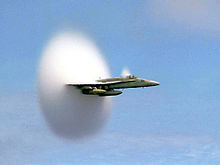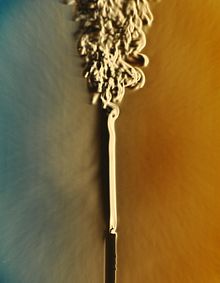

This timeline describes the major developments, both experimental and theoretical understanding of fluid mechanics and continuum mechanics. This timeline includes developments in:




|
| |
|---|---|
| Classical physics |
|
| Modern physics |
|
| Recent developments |
|
| On specific discoveries |
|
| By periods |
|
| By groups |
|
| Scientific disputes |
|
| |